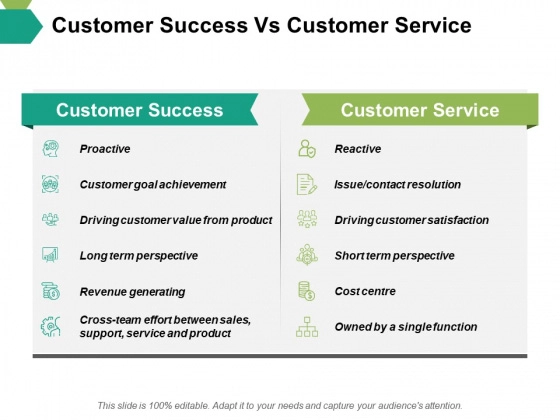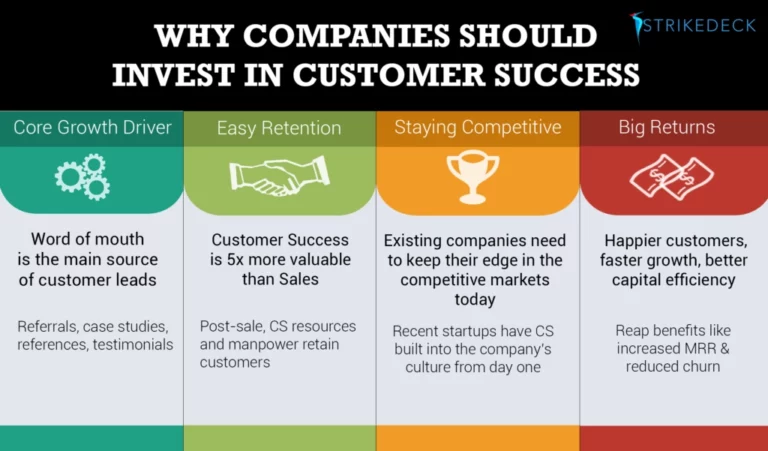
Introduction
The obvious strategy that B2B sales reps use to meet sales targets and increase revenue is converting new leads. But this approach has not been 100% effective as meeting targets remains one of the challenges for most sales people. Statistics show that 57% and 47% of sales reps missed their sales target in 2017 and 2018 respectively.
The risk with focusing on new customers is that sales reps can be trapped in a cycle of searching for new customers that they ignore the greatest asset they have – existing customers. Available data shows that current customers contribute a huge chunk of revenue with only 30% of revenue coming from new accounts in 2018. This is a clear indication that leveraging existing customers can help sales people achieve their targets.
To do this, sales team leaders have to change their perception of the deal closure process. They need to see beyond deal closure and concentrate on retaining customers and growing company revenue. B2B sales teams should therefore view deal closure as the beginning of a journey that the company will take with the customer and not just the end of a process. This means working with customer-facing teams such as service teams to strategically give current customers positive experiences and be fully vested in customer success.
Why Focus on Customer Success
It is not in doubt that B2B buyers want positive experiences that empower them to derive value from the products or services they buy. Customer success involves nurturing proactive partnerships with existing customers that help customers get maximum benefits from the products or services they purchase.
It involves having customers share feedback with a B2B company and driving customer experience in a way that ensures their path to the future is successful. It supersedes customer support in many ways as shown in the image below:

Source: Slide Geeks
– Why Customer Success Matters to Sales Teams
Statistics show that most B2B companies expect 77% of the revenue to come from existing customers in the form of cross-sells, renewals and upsells. At the same time, there is evidence that companies that have effective customer success functions have a higher chance of reporting retention rates that exceed 90%.
For the sales department, customer success can play a crucial role in helping sales reps achieve their quota because it:
- Improves customer loyalty – which means consistent sales revenue
- Turns B2B customers into promoters and advocates leading to a wider customer base
- Reduces customer churn rates
4 Ways Sales Reps Can Tap Customer Success to Meet their Quote
With all the benefits that customer success offers the sales department, there are several things that sales reps can do to leverage their approach to meet sales quotas. But it has to start with identifying the roles that sales teams and customer success teams will play. To boost sales with customer success, B2B companies must begin by creating alignment between sales teams and customer success teams. Sales managers should identify alignment points between the two teams and determine that responsibilities of each function is each stage of the customer journey.
Below are four ways that the companies can boost sales through customer success:
1. Work with Marketers to Map Post-Purchase Customer Lifecycle
Sales teams should work with marketers and customer support teams to extend the buyer’s journey map that focuses on the pre-purchase phase to cover the post-purchase phase. Mapping the post-purchase phase is critical for B2B companies because it enables all customer-facing functions to identify practical ways of giving customers pleasant experiences.
Post-purchase experience plays an important role in boosting sales revenues as 86% of customers say this experience influences how loyal they become to a brand. To give customer a good post pay experience, B2B companies should:
- Communicate with customers – This means anticipating customer needs and treating them with consideration and care. For instance, if they have placed an online order, give them proactive updates on order progress. B2B companies can also update companies on delivery schedules – including sharing information on delays
- Provide Convenience – This means giving customers choice. Most customers want companies to provide them with flexible delivery options that offer convenience
- Give customers control – This means giving customers the ability to control certain aspects of the purchase process. For instance, B2B companies can give customers the option of using their preferred communication channel to reach service teams. Customers also feel they have control when a B2B company does not send them to a carrier site to track delivery or get updates
- Create brand connection – Customers who connect with a brand emotionally are more likely to remain loyal to the brand. B2B companies can boost brand connection by sharing thoughtful experiences with customers and communicate their values in a way that is consistent and authentic.
2. Look at Customer Success as a Strategic Function
Rather than maintaining the perception that customer success is a cost center, sales reps should shift their thinking and start looking at the approach as a strategic engine that could help them drive sales revenue up.
This change of thinking means sales reps would support any investments a B2B company makes in customer support. The benefits that are attributed to customer success reflect a positive impact on sales levels. As such, it is in the interest of sales teams to have the customer success function performing effectively. If resources are what the department needs to function effectively – service teams should support them.

Source: Strikedeck
3. Enhance Customer Segmentation
Sales teams can work with customer success teams to segment customer accounts. Segmentation involves categorizing customers based on specific characteristics. Customer segmentation is based on the data that a B2B company has about its customers – the more the data, the more segments companies can come up with. More customer data also means that you are able the segments will be more specific and therefore more insightful. B2B companies can opt to segment customers based on aspects such as:
- Company size e.g large, medium or small companies
- Industry such as health, software, communication etc
- Annual revenue
While these aspects help with dividing existing customers, B2B companies can derive more benefits from this process by segmenting customers according to the value they offer the company. This means using the business outcomes, product consumption and feature activation mix to track customer health. With this knowledge, B2B companies can classify customers accounts into:
- Main Accounts
- High Value/Potential Accounts
- High Risk Accounts
- Low Potential/Value Accounts
Why Segment Customers
Customer segmentation can help B2B sales and marketing teams to boost sales from existing customers success by:- Enabling customized messaging
- Improving customer prioritization
This is because the teams can be able to anticipate the future needs of different customers. For instance, if one of the customers that a B2B company has is a segment of small transport companies. The customers in this segment activate a given feature and realize great results. The results enable them to grow their service line. It is likely that customers in this segment will spend more on the product than the segment that has large customers.
A review of the small transport segment provides vital insights. One is that engaging this segment with a view of encouraging the customers to utilize another feature can create an additional revenue opportunity. It also shows that pursuing small companies that have high growth opportunities is more rewarding than focusing on large customers. These insights can help sales reps to leverage segments that provide high revenue opportunities and boost their chances of hitting their quotas.
4. Supporting Development of Customer Health Scorecard
A customer health scorecard (CHS) helps B2B companies to track the relationship customers have with the business. It enables companies to pick undesired customer behavior by identifying customers that require extra attention before they reflect poor health in the form of churn rates.
CHS combines different customer account metrics that enable sales and customer success teams to identify customer issues as they develop and prioritize strengthening relationships with customers. B2B sales teams can identify customers who begin showing unhealthy signs and engage them before they decide to drop off.
Some indicators that sales teams and customer success teams should include in a customer health score include:
- Product usage including frequency of usage, adoption of key features and level of user skill
- Customer satisfaction including product satisfaction, admin hurdles and support requests
- Customer relationships including rapport built with company executives, support or customer support contacts
Final Word
The fact that existing customers provide B2B companies with consistent income makes them a huge asset to the business. While sales teams should work on bringing in new customers to the business, they should also leverage existing customers to meet their sales quotas. In addition to the four strategies discussed above, sales teams can work with customer success teams to provide existing customers with pleasant experiences and turn them into brand advocates. This way, sales reps are able to leverage customer referrals to sell more and increase their chances of meeting their quota.
Our blog
Latest blog posts
Tool and strategies modern teams need to help their companies grow.

Video has emerged as one of the most effective tools to cut through the noise and con...

The way B2B buyers research, engage, and decide has changed and so must the way marke...

Channel marketing helps B2B companies grow by partnering with third-party sellers. It...






